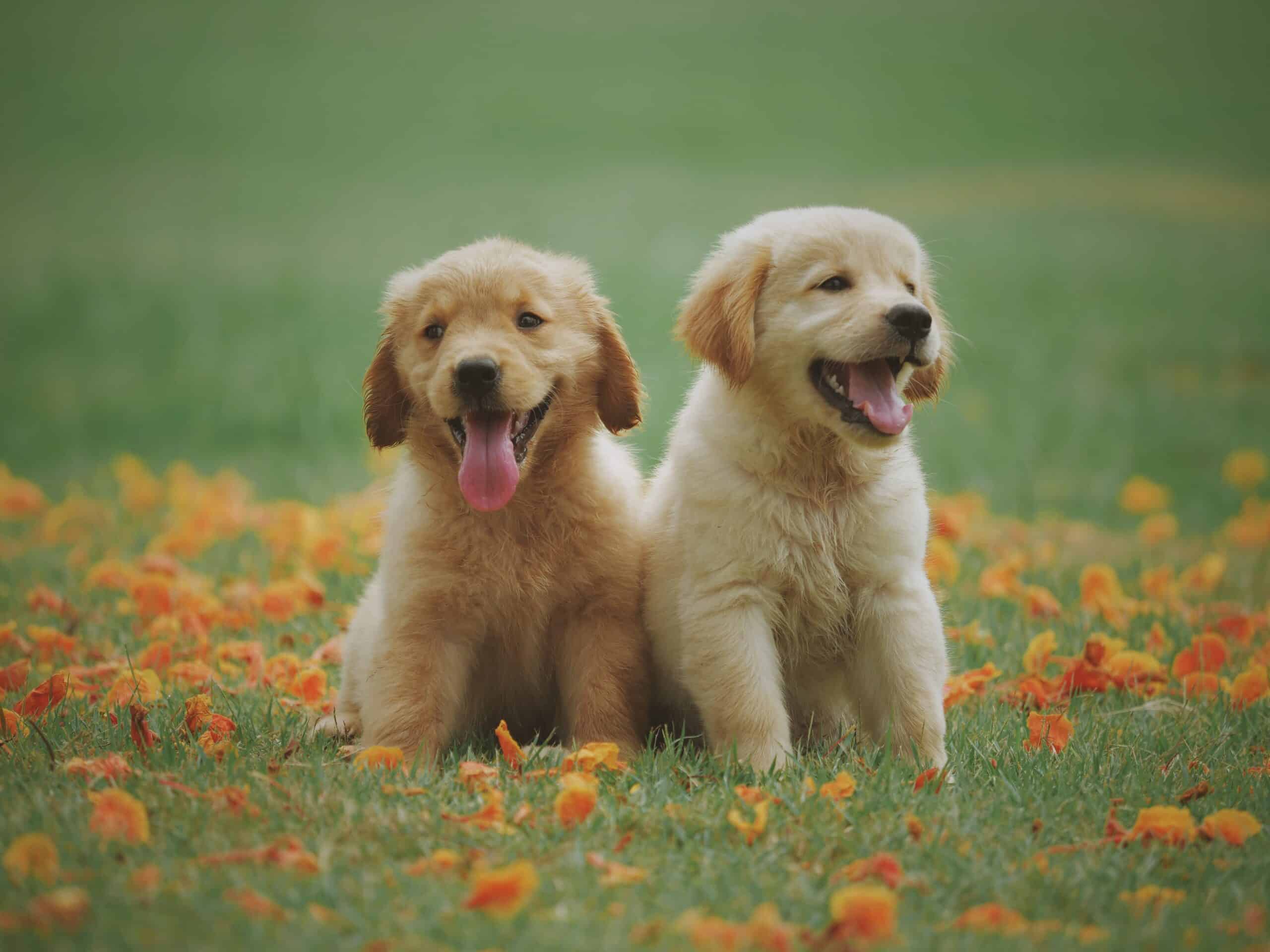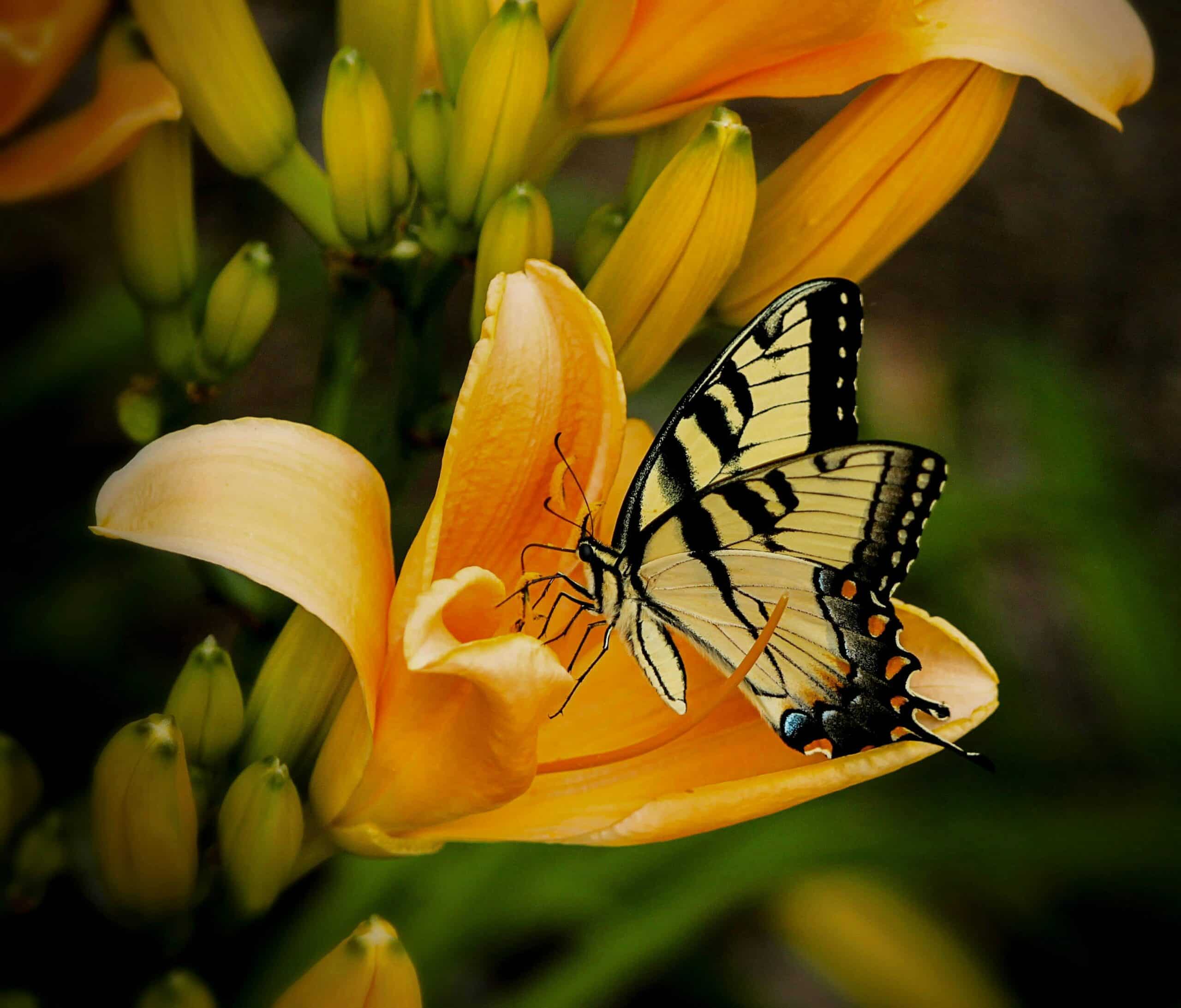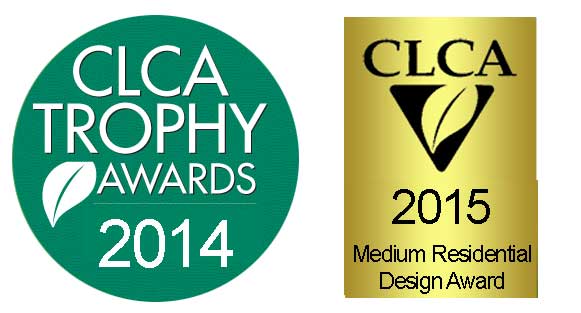I have been reading Amy Stewart’s new book Wicked Plants which has been a wonderful reminder of the power of plants. Amy describes plants that have been used in murderous crimes, warfare and ones that can kill right in your own backyard.
I have had many clients recently who not only want an eco-safe, toxic-free garden but a non-poisonous place for their pets and children to enjoy. One client has a new puppy which is especially challenging since they learn by tasting and easily find themselves at the vet office if they ingest the wrong item.
I am thankful that Amy reminds us that the nursery trade typically sells many poisonous plants and without warning on the label! What a great reason to hire a professional landscape designer, right?
Here are some commonly sold plants in the nursery trade. If you have any of these beauties, consider your unique circumstance and whether or not they may be a danger to keep around.
Azalea and Rhododendron
A poison called grayanotoxin can be found in the leaves, flowers, nectar and pollen. Eating any part of the plant can cause heart problems, vomiting, dizziness and fatigue.
Robina psuedocacia
Black Locust tree is entirely toxic except for the flowers. The toxin called robin is similar to the ricin produced by Castor beans (also toxic to people and pets) which causes weak pulse, stomach ache, headache and coldness to the extremities.
Daphne
Daphne is a garden favorite since it grows well in the shade and has an amazing fragrance. But all parts of the plants are poisonous and just a few berries could kill a child. Those who survive may suffer from throat irritation, internal bleeding, weakness and vomiting.
Hydrangea
These mop-heads contain very low levels of cyanide. Poisoning is rare but symptoms include vomiting, headache and muscle weakness.
Lantana
The berries contain high levels of toxins while they are still green. if ingested, the berries can cause visual problems, weakness, vomiting, heart problems and death.
For a list of toxic plants that can injure your cat or dog please visit the ASPCA site.
As for babies, toddlers and children, please keep all plants that you don’t regularly see at the dinner table away from their mouths until they are old enough to understand edible vs. toxic plants in the garden…which may take many years (I am still learning!!!)














Leave A Comment